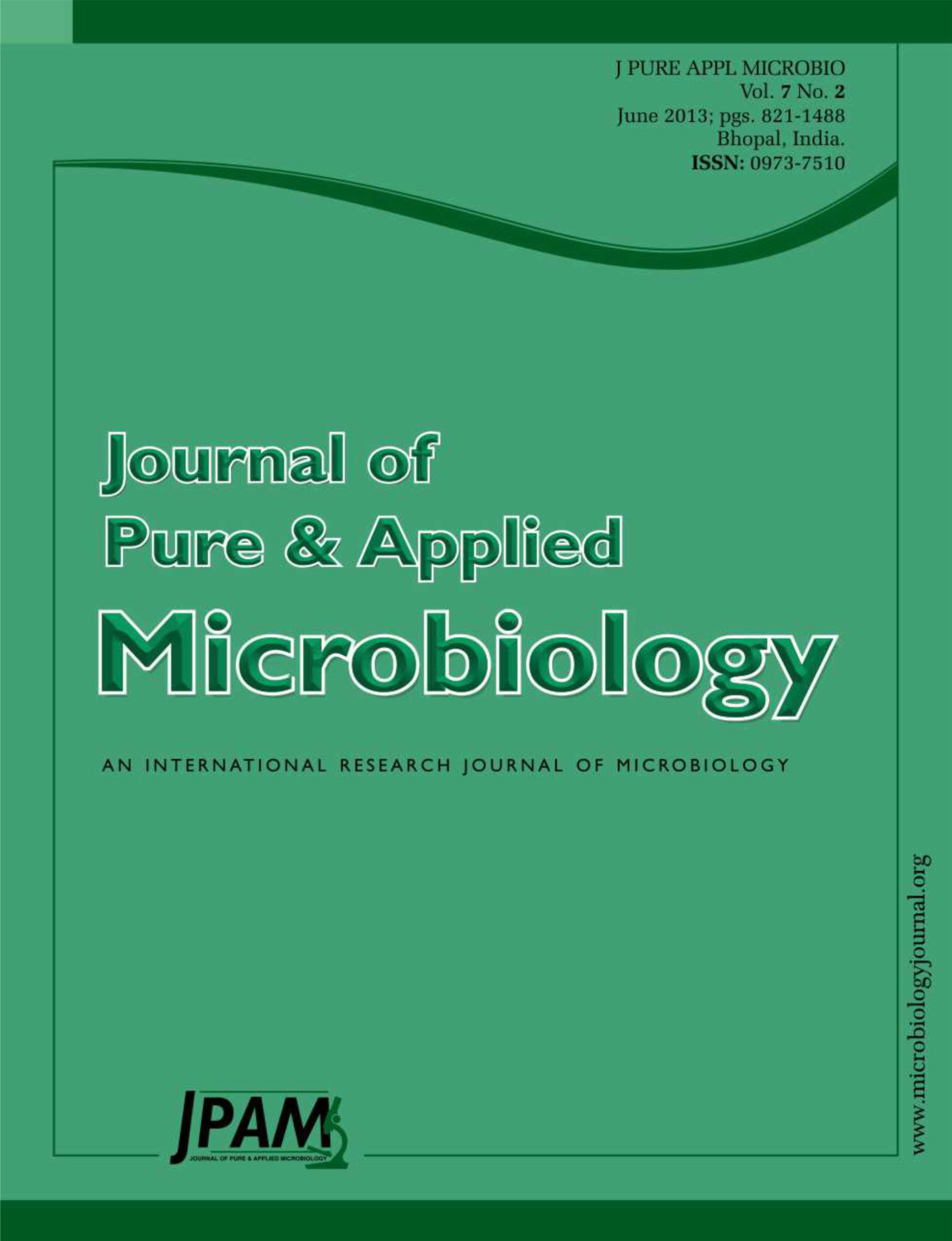In this study, natural canthaxanthin (CTX) as one of the most important carotenoids was extracted from Dietzia natronolimnaea HS-1. The changes of CTX enriched in oil-in-water emulsions with vegetable oil (5 mg/100 ml), Arabic gum (5 mg/100 ml), and potassium sorbate (0.5 g/100 ml) were investigated. The effects of different pH (3, 5 and 7) and time treatment (3, 18 and 33 days) in the room temperature (24±1°C) on the colour degradation were studied by response surface methodology (RSM). A second-order polynomial equation fitted to the data was used to predict the responses in the optimal region. The responses were Hunter values (L*, a*, and b*) and CTX concentration (mg/l). Results illustrated more degradation of this pigment at low pHs (pH £4) by passing the time (days³10) with high R² of 97.00%, 91.31%, 97.60%, and 99.54% for CTX, L*, a*, and b* respectively. The predicted values were in good agreement with experimental data and thus the model was found to be significant (p < 0.05).
Canthaxanthin degradation, Dietzia natronolimnaea HS-1, Emulsion, Response surface methodology (RSM)
© The Author(s) 2014. Open Access. This article is distributed under the terms of the Creative Commons Attribution 4.0 International License which permits unrestricted use, sharing, distribution, and reproduction in any medium, provided you give appropriate credit to the original author(s) and the source, provide a link to the Creative Commons license, and indicate if changes were made.


